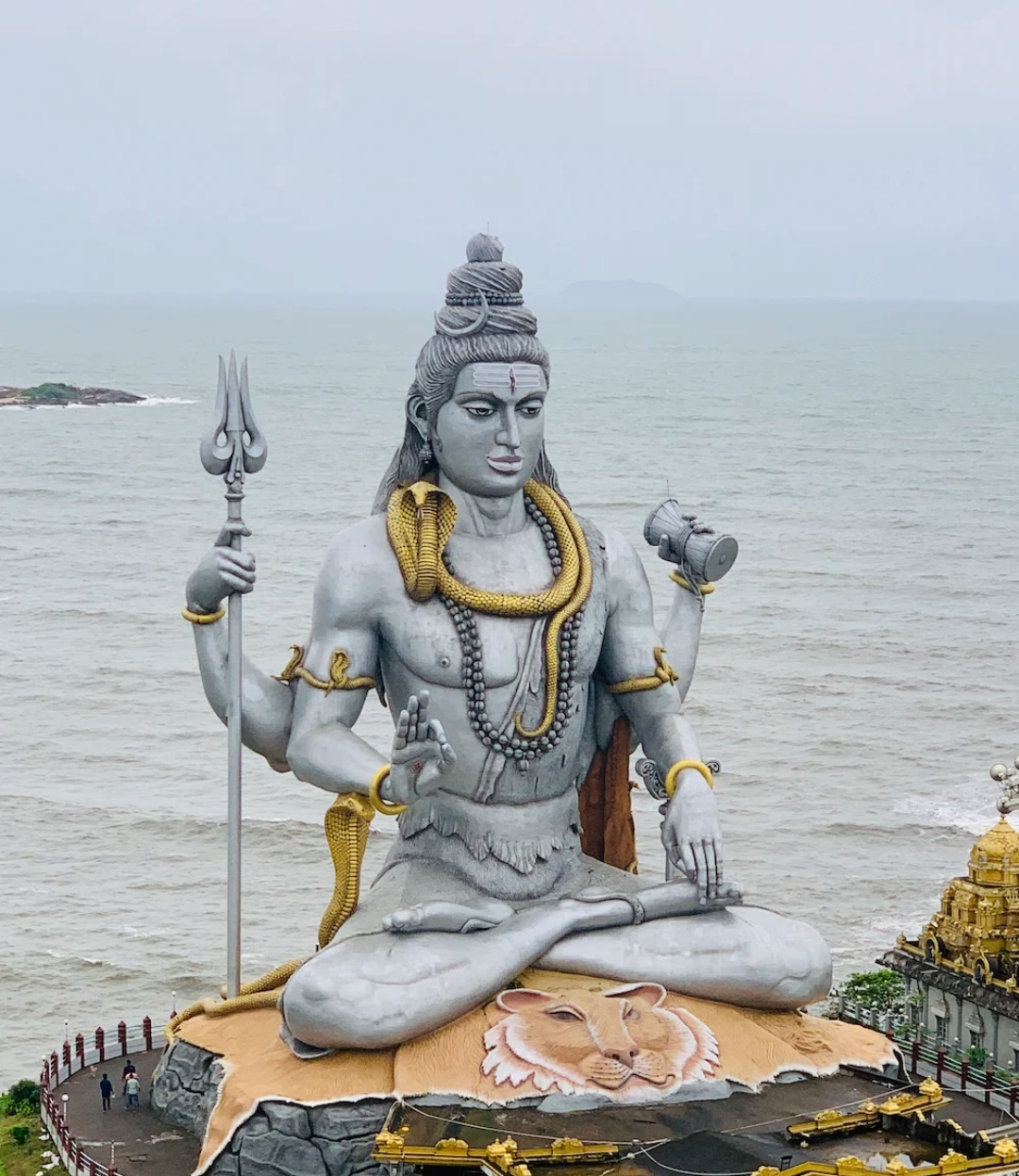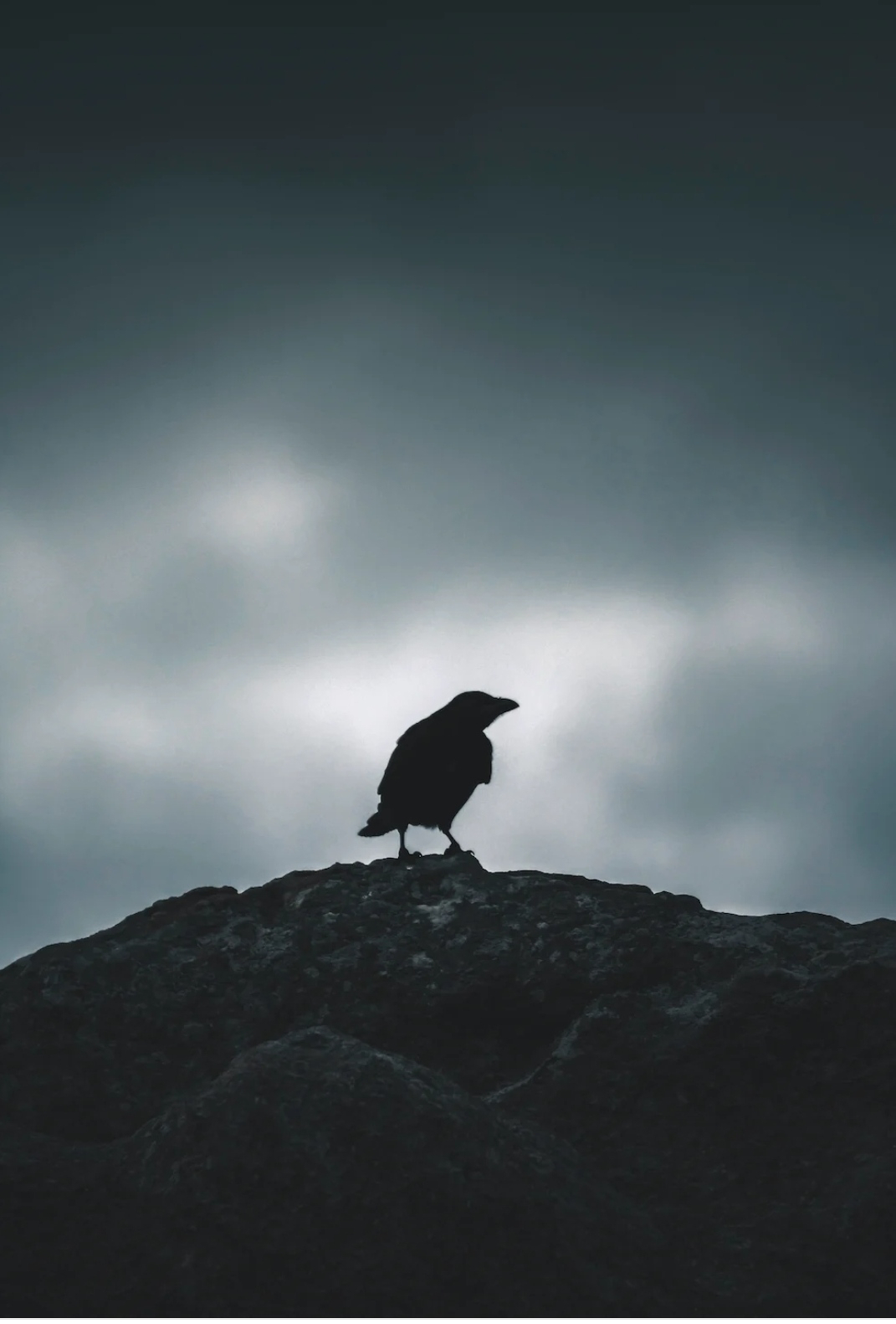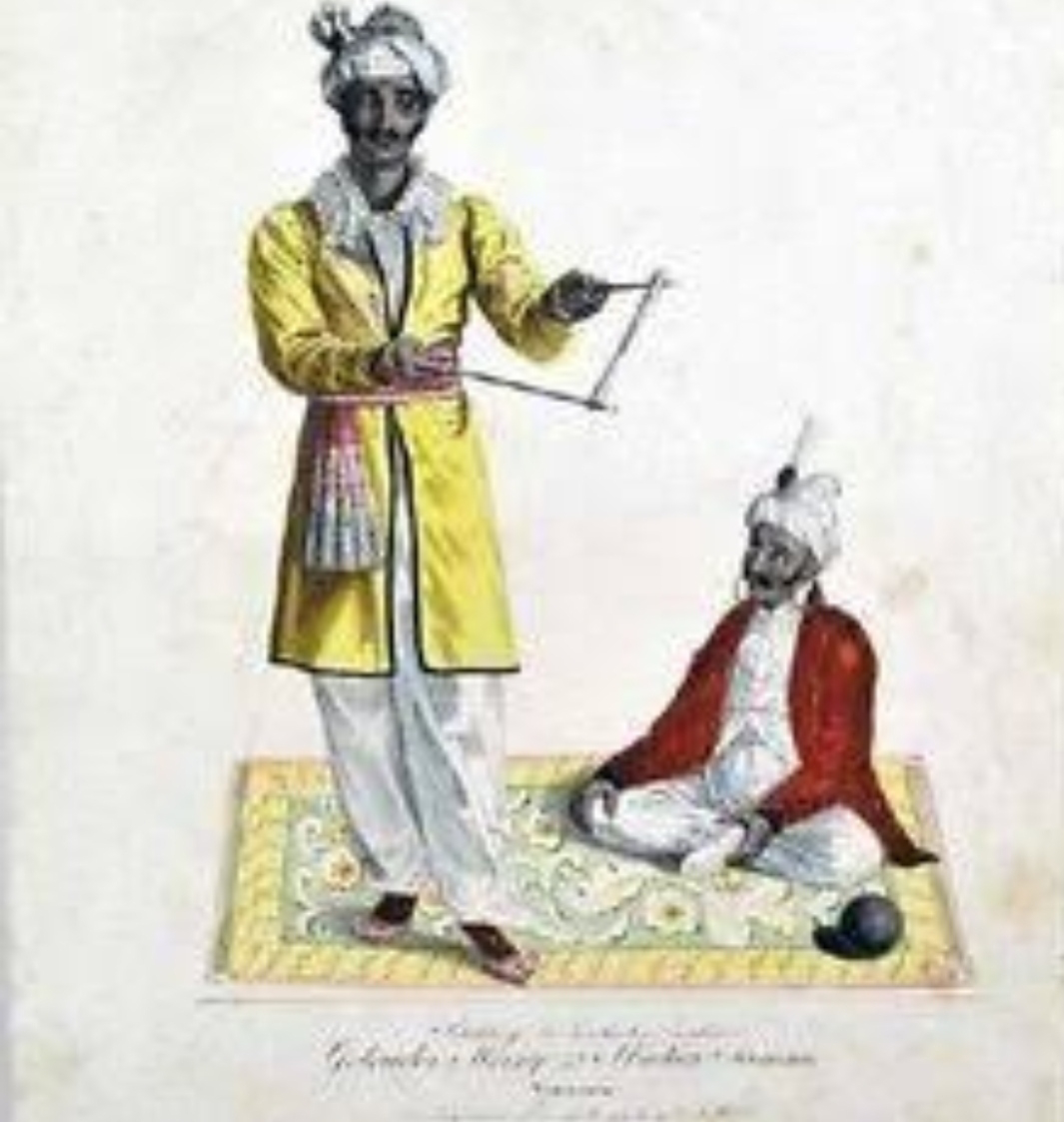Khoi Khoi Facts

Khoi Khoi Facts 1. The Khoi Khoi people, also known as the Khoikhoi or the Khoekhoe, are indigenous pastoralists of South Africa. 2. They greatly relied on the grazing of their livestock, such as cattle, goats, and sheep, for their survival. 3. Their language is known as Khoekhoe or Khoi. 4. The Khoi Khoi were among the first indigenous peoples encountered by European explorers in the 15 th century when Bartolomeu Dias landed on the southern tip of Africa. 5. The Khoi Khoi society was organized into autonomous clans or chiefdoms, each led by a chief or captain. These leaders played a significant role in decision-making and resolving disputes within the community. 6. The Khoi Khoi were skilled in trading. They exchange goods such as animal hides, ivory, and ostrich feathers with other indigenous groups and later with Euro...























